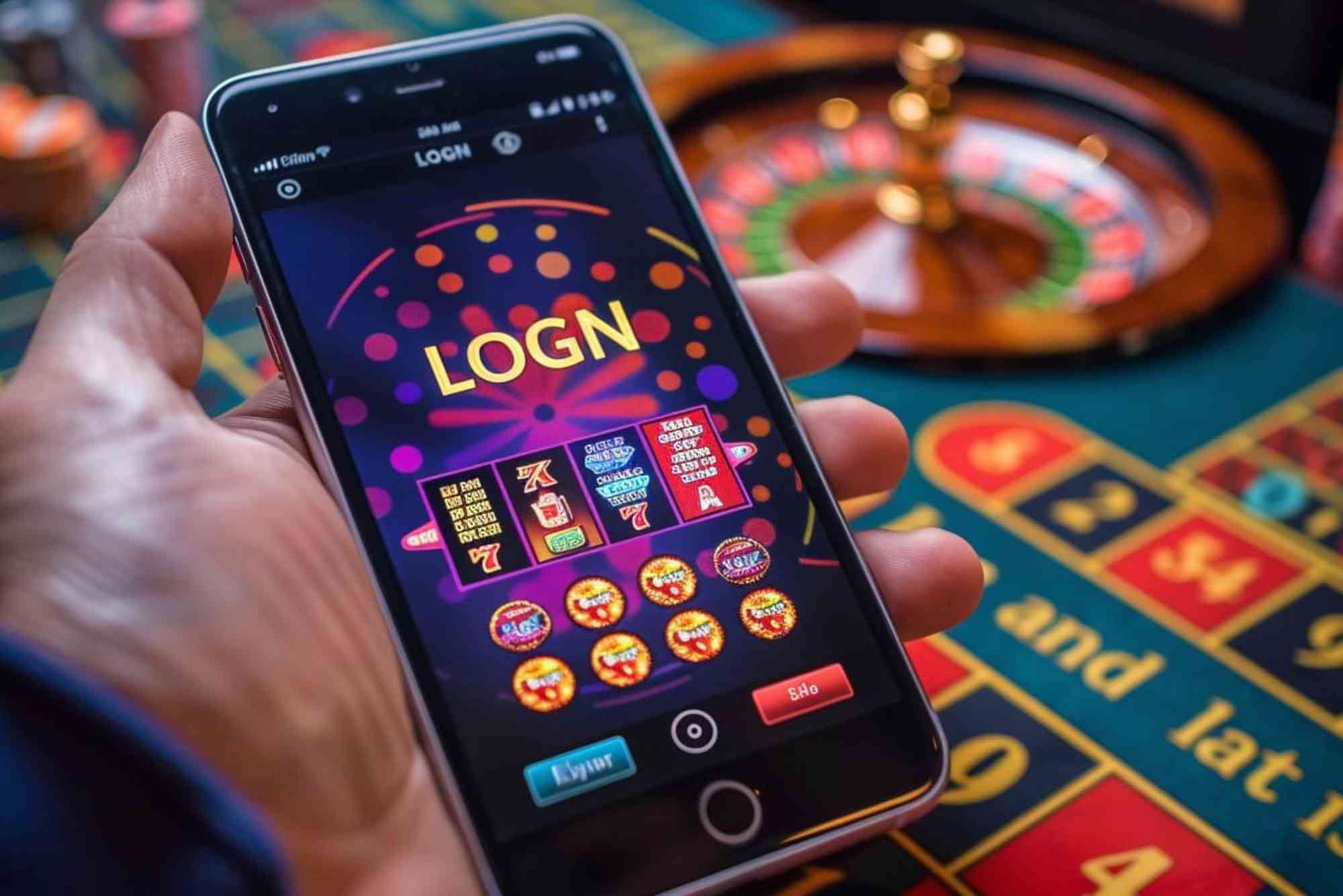Blackjack is one of the most approachable casino games for newcomers. It’s a blend of simple rules—beat the dealer’s hand without going over 21—and deep strategic nuance. As someone who cut my teeth playing at my local casino’s low-stakes tables, I’ve learned that even basic strategy can tilt the odds in your favor. In this guide, we’ll walk through the essential concepts every beginner needs: from understanding the rules and reading a basic strategy chart to bankroll management and avoiding common mistakes. By the end, you’ll have a clear roadmap for playing smarter, not harder.
Understanding the Rules and Table Dynamics
Before diving into strategy, you need to grasp the game’s flow. A standard blackjack table seats up to seven players and a dealer. Each player is dealt two cards; the dealer also gets two, one face up and one face down. Number cards count at face value, face cards at 10, and aces as either 1 or 11—whichever best suits your hand.
On your turn, you choose to hit (take another card), stand (keep your current total), double down (double your bet and take one final card), or split (if your first two cards are a pair). Dealers follow strict house rules—usually hitting until reaching 17—and this predictability underpins the “basic strategy” that we’ll explore next.
Mastering Basic Strategy Concepts
The core of beginner success lies in the “basic strategy chart,” a grid that tells you the mathematically optimal play for every player hand against each dealer upcard. Memorizing even a simplified version can reduce the house edge from around 2% to about 0.5%.
When exploring casinos not on GamStop, it’s tempting to chase flashy bonus offers, but your real advantage comes from disciplined strategy rather than chasing promotions. For guidance on alternative platforms, resources like AssignmentHelperUK offer curated lists and reviews—but remember, strategy always outweighs bonus chases.
Reading Your First Strategy Chart
Hard Hands vs. Soft Hands
A “hard” hand contains no ace valued as 11 (e.g., 10–7 = 17), whereas a “soft” hand has an ace as 11 (e.g., A–6 = soft 17). Soft hands give you flexibility: soft 17 against a dealer 8 is best played by hitting, since you can’t bust on a hit.
When to Double Down
Doubling down is powerful: you’ll only get one additional card, but the right spots—like 11 against a dealer 6—offer expected returns of over 100%. Beginners should focus on doubling on 10 or 11 whenever the dealer’s upcard is lower than your total.
Splitting Pairs
Splitting aces or eights is almost always correct. A–A becomes two strong hands starting at soft 12, and 8–8 avoids the dreaded hard 16. Avoid splitting tens or face cards, as you’ll weaken a hand that already sits at 20.
Building Strong Bankroll Management
A sound betting strategy extends beyond the felt. Bankroll management means deciding on session bankrolls, bet sizing, and knowing when to walk away.
Setting Your Session Budget
Decide how much you’re comfortable losing before you sit. If your total bankroll is $500, you might allocate $100 per session and cap your bets at 2–3% of that session bankroll (i.e., $2–3 per hand) to weather losing streaks.
Progressive Bet Caution
While systems like Martingale (doubling after losses) promise a recovery, they’re risky and can hit table limits quickly. Stick to flat betting—same unit size—to preserve your bankroll and maintain emotional control.
Avoiding Common Pitfalls
Even with strategy in hand, beginners often stumble on these traps:
Insurance Isn’t Your Friend
When the dealer shows an ace, you’re offered “insurance” against a blackjack. The math is against you—this side bet carries a house edge well over 6%. Always decline.
Chasing Losses
It’s natural to want to win back losses, but increasing bet sizes after a loss usually accelerates depletion of your bankroll. Accept variance as part of the game and stick to your pre-set limits.
Misreading Dealer Rules
Some casinos force dealers to hit soft 17; others stand. A dealer hitting soft 17 increases the house edge by roughly 0.2%. Always check the house rules at your table before playing.
Real-World Example: My First $1,000 Session
When I first sat down at a Vegas strip casino, I had $1,000 earmarked for blackjack. Using basic strategy and flat $5 bets, I played one hand at a time, resisting the urge to double after losses. By focusing on correct plays—doubling 11 vs. 6, splitting eights, and never taking insurance—I ended the night up $200. More importantly, I realized that disciplined play—not “hot streaks”—drives long-term success.
Next Steps for Your Blackjack Journey
If you’re ready to practice without financial risk, many online casinos offer free-play modes. Once you feel comfortable, transition to low-stakes real money tables to get a feel for live pace and dealer behavior. Keep refining your strategy chart and bankroll rules, and you’ll find that blackjack rewards consistent, educated choices more than chasing luck.



